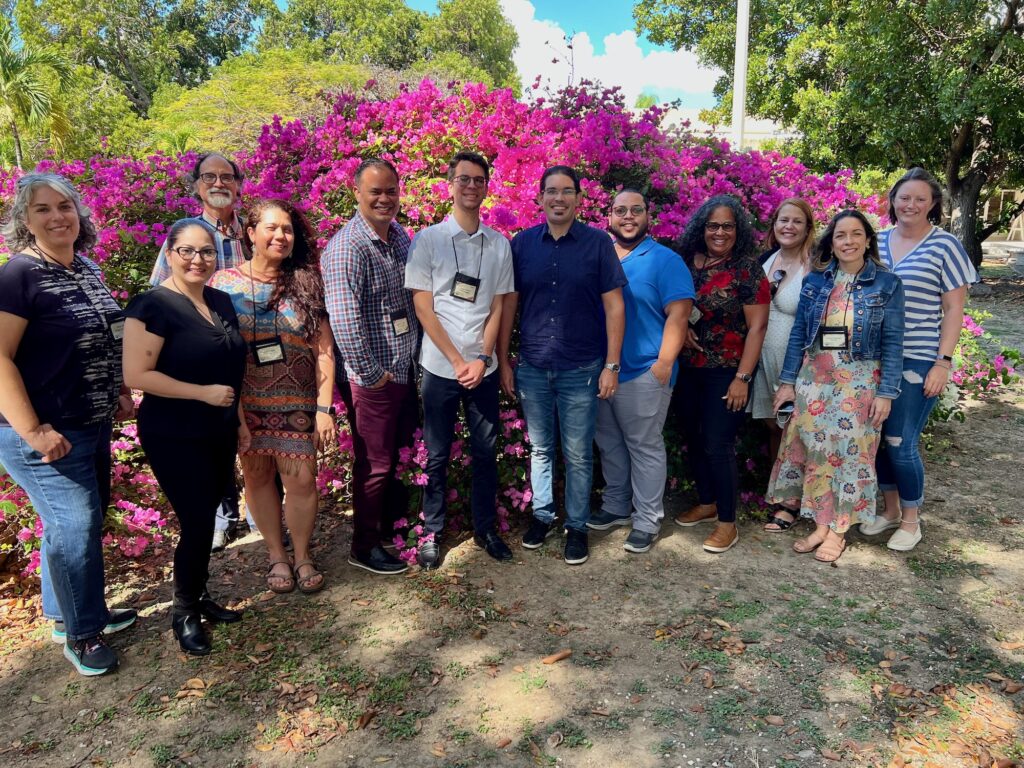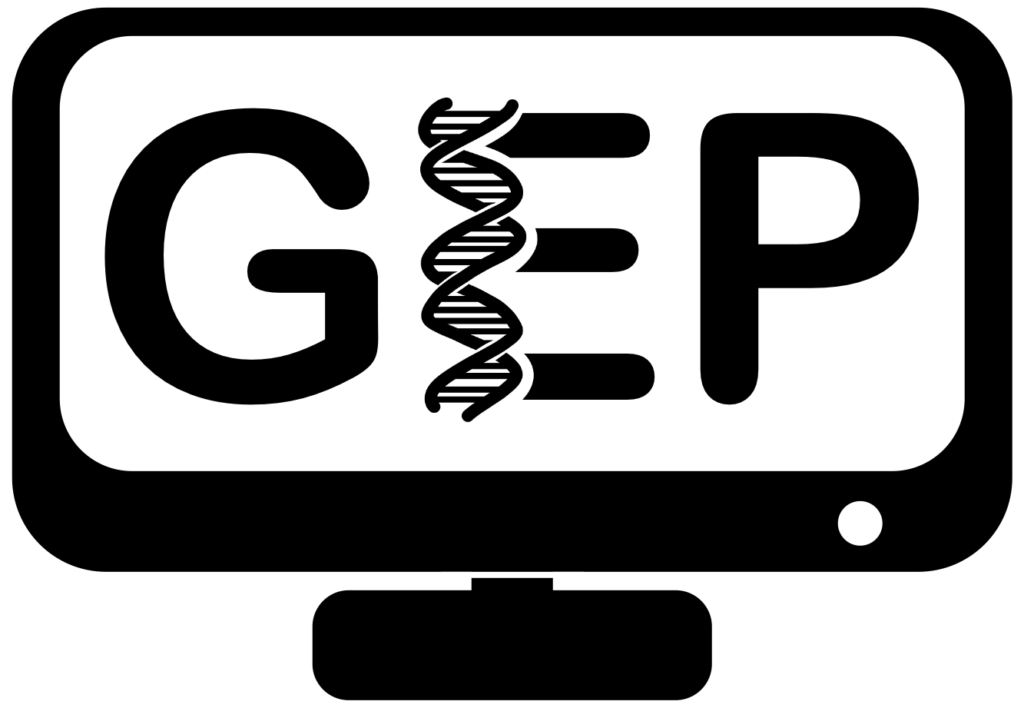Upcoming Events
Page Contents

Rocky Mountain Regional Node Meeting
- Date: September 27-29, 2024
- Time: Arrival on the evening of the 27th
- Location: Colorado Mesa University, Grand Junction, CO
- Audience: GEP Faculty and Students
Zeynep, Amanda, and their students will train Node members and their students on the annotation scheme for the Tamarisk Beetle Project. In-person attendees will also get a chance to tour the Colorado Department of Agriculture’s Palisade Insectary to be introduced to the subject of the annotation project.
Midwest Regional Node Meeting
- Date: September 28-29, 2024
- Time: 12:30 pm (EST)
- Location: Marian University in Indianapolis, IN
- Audience: GEP Faculty and Students
1.5 day event with student talks and faculty implementation talks. We will also have a professional development activity of some sort for the faculty. Potential ideas that have been proposed are talking about wet lab implementation, incorporating R more into courses, genetics in the context of society, and/or more training on the wasp and parrot projects.
MN/IA/Dakotas Regional Node Meeting
- Date: November 22, 2024
- Time: TBD
- Location: TBD
- Audience: GEP Faculty, GEP Students, and Prospective Members
- Get Involved: Register to Attend MN/IA/Dakotas RNM
Southeast Regional Node Meeting
- Date: November 22, 2024
- Time: 12-2p (CT)
- Location: Virtual via Zoom
- Audience: GEP Faculty and Students
- Get Involved: Register to Attend Southeast RNM
Join us for the upcoming Southeast GEP Regional Node Meeting, where undergraduate students will have the opportunity to present their genomics research to a larger academic audience. This event will highlight student-led research projects, showcasing the hard work and dedication of our next generation of scientists. Our guest speaker for the event is Logan Cohen, a first-year PhD student at The University of Alabama and Director of the newly formed GEP Advanced Research Lab. Logan will share insights into students’ critical role in furthering this field. Logan’s presentation will also cover opportunities for student involvement in advanced research projects and the tools used in the GEP lab. The event promises to be a fantastic platform for students to gain experience in presenting scientific work and to engage with peers, faculty, and experts in genomics. Whether you’re an undergraduate researcher, faculty member, or a genomics enthusiast, this meeting will be a valuable opportunity to exchange knowledge and celebrate student achievements.
Share the event flyer with others!
Registration Deadline: November 15, 2024
Contact Cheryl Bardales for more details.
New England Regional Node Meeting
- Date: January 3, 2025
- Time: TBD
- Location: Virtual via Zoom
- Audience: GEP Faculty
- Get Involved: Registration link coming soon!
- Page Last Updated: October 3, 2024
